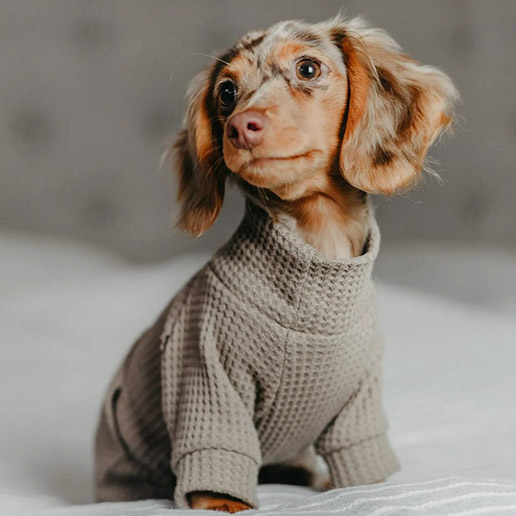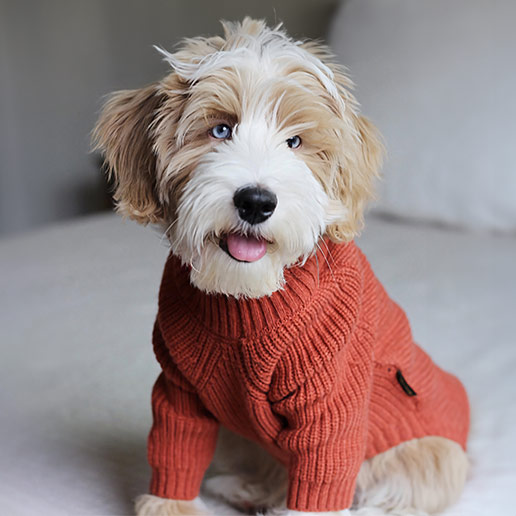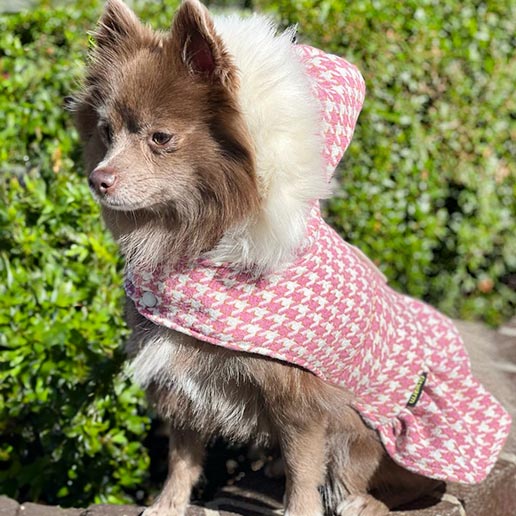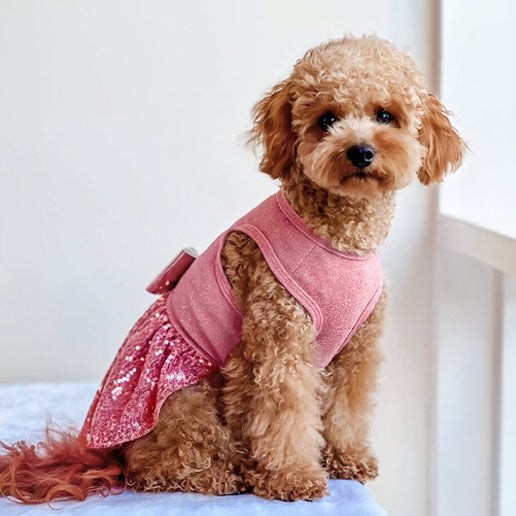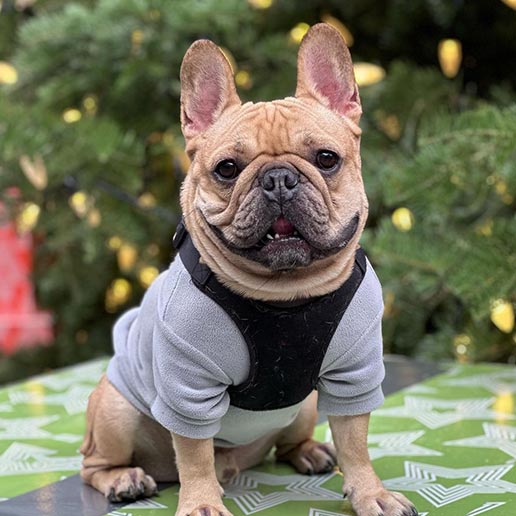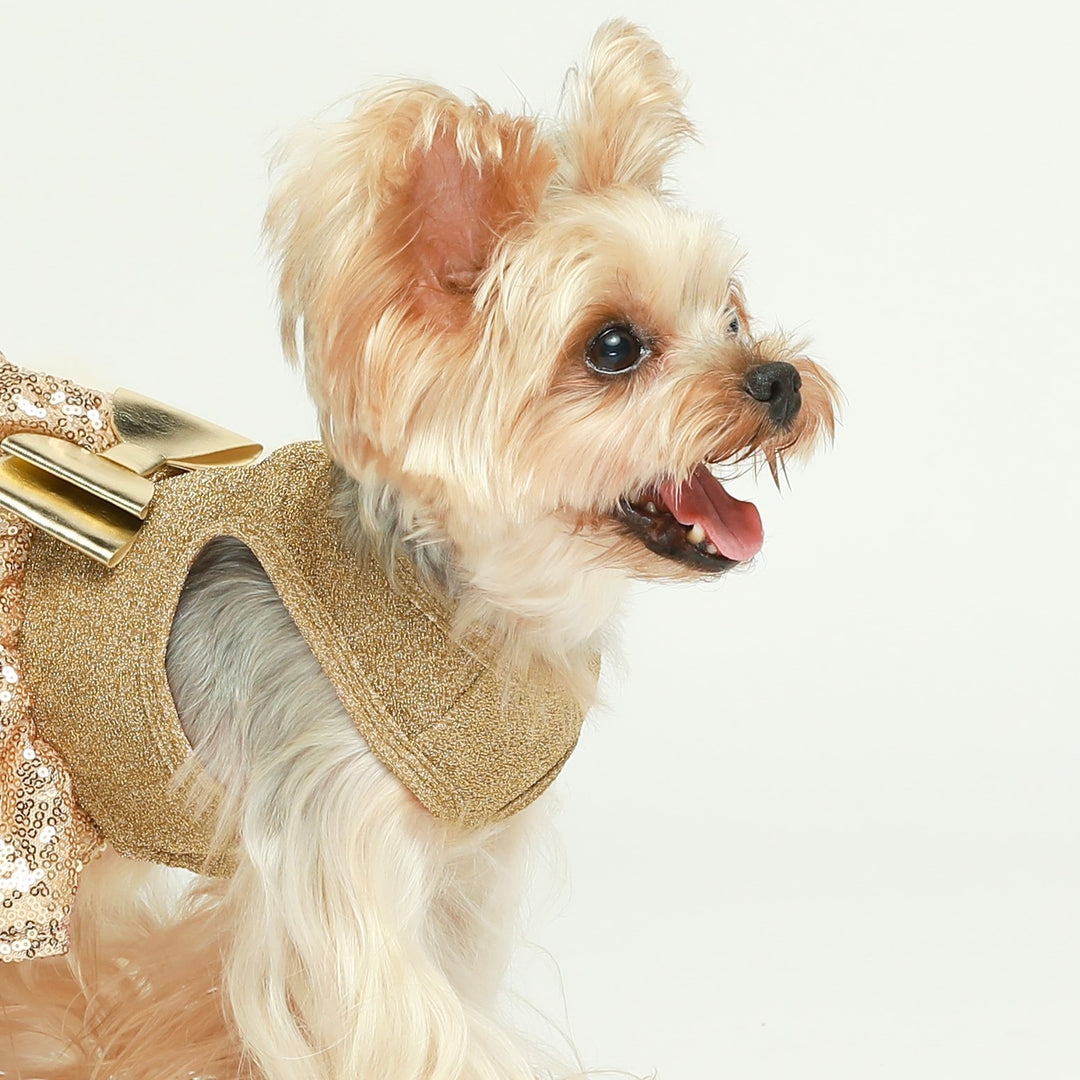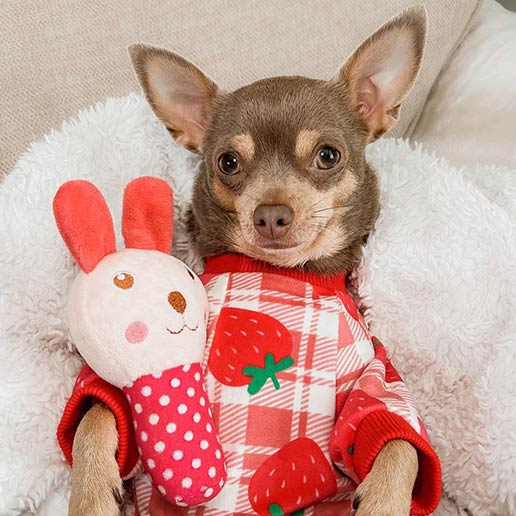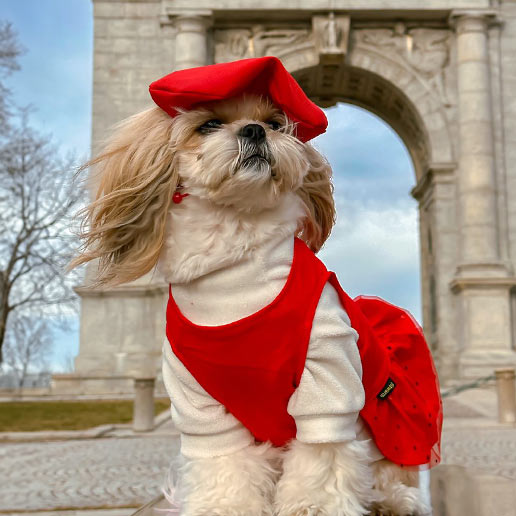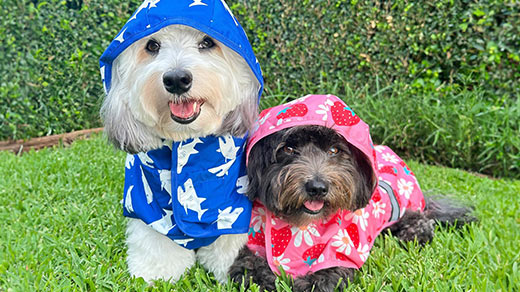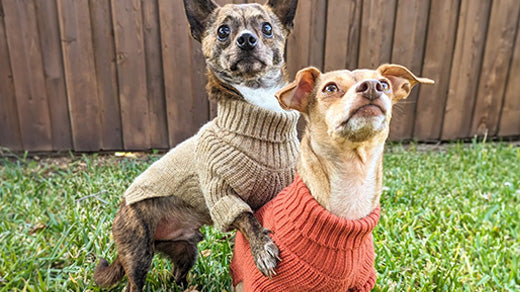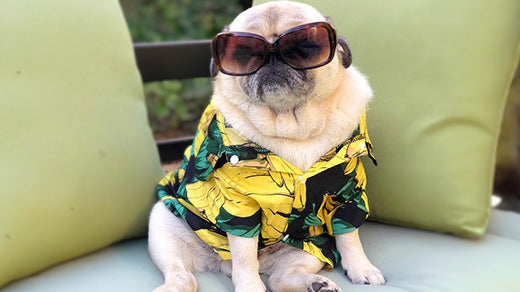What You Should Know Before Owning A Pug
Introduction
Pugs have been a beloved companion breed for centuries, charming dog lovers with their wrinkly faces, expressive eyes, and playful personalities. These small, sturdy dogs have captured the hearts of many, making them one of the most popular breeds worldwide. However, before bringing a pug into your life, it's crucial to understand their unique characteristics, needs, and potential challenges. This article will provide you with essential information to help you make an informed decision about whether a pug is the right dog for you and your lifestyle.
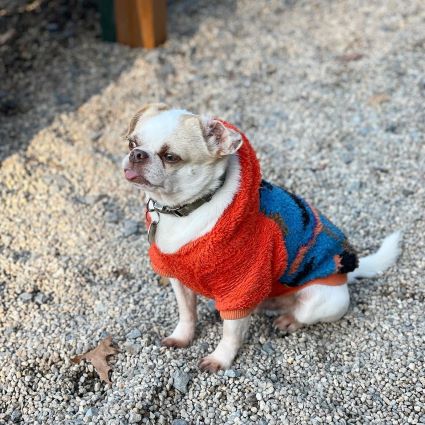
Instagram: gus_gus617
1. Pugs Require a Lot of Attention and Companionship
Pugs Love Being Around People All the Time
Pugs really enjoy being close to their owners, following them around and taking part in everyday life. They love attention so much that they're often right by your side, ready for a cuddle or a nap on your lap. They make great pets for people who like having a furry friend with them most of the time.
Pugs Need Company to Be Happy
These little dogs prefer homes where there's usually someone around. They're at their happiest when they can hang out with their favorite humans and get lots of love and attention. If pugs are left alone too much, they might get anxious and act out. So, they're the perfect match for people who spend lots of time at home and want a devoted companion.

Instagram: max.imusthepug
Assessing Your Lifestyle Before Getting a Pug
- Time and Attention: Can you dedicate enough time and attention to your pug daily?
- Household Presence: Is someone in your household home most of the time?
- Work Schedule and Lifestyle: Will your work schedule or lifestyle allow you to provide the companionship your pug needs?
- Responsibility: Are you prepared for the responsibility of having a devoted and attached furry companion?
2. Pugs Have Specific Grooming Needs
Heavy shedding requires regular brushing and lint rolling
Pugs shed their fur quite a bit. To help keep your pug looking good and to cut down on the amount of hair around your house, you should brush your pug often – daily if possible. A rubber curry brush or a bristle brush is great for their short coat. Also, having a lint roller close by will be a lifesaver for cleaning up hair from your clothes and couch because pug hair likes to cling!
Facial folds, ears, and nails need frequent cleaning and maintenance
One of the most important aspects of pug grooming is maintaining their facial folds, ears, and nails. Pugs have deep wrinkles on their face that can trap moisture, dirt, and bacteria, leading to skin irritation and infections. To keep your pug's wrinkles clean and healthy, you'll need to:
- Clean their facial folds daily with a damp cloth or a specially formulated wrinkle wipe
- Dry the folds thoroughly to prevent moisture buildup
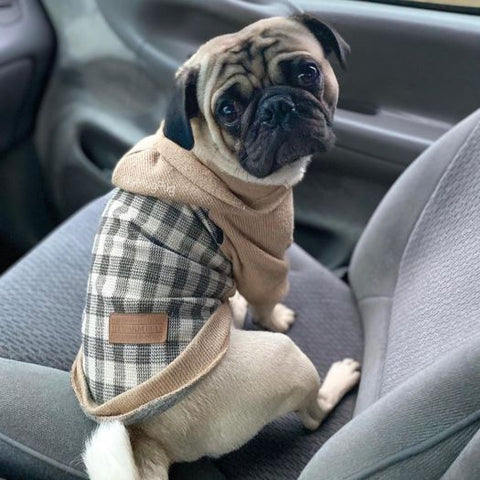
Instagram: itsmugpug
Apply a small amount of cornstarch or specially formulated wrinkle balm to keep the area dry Pugs also need their ears cleaned regularly to prevent ear infections, as their small ear canals can trap wax and debris. Use a veterinarian-approved ear cleaner and cotton balls to gently clean your pug's ears once a week. Additionally, trim your pug's nails every 2-4 weeks to prevent overgrowth and discomfort.
3. Pugs Require Special Attention to Breathing and Eyesight
Pugs often have trouble breathing because of their short noses, a condition common in breeds with squished faces, known as brachycephalic syndrome. This can make them breathe hard, snore, or snort. To help your pug breathe easier, keep them at a healthy weight, out of extreme heat or cold, and don't overdo the exercise.
These cute pups can also run into eye problems like sores on their cornea, dry eyes, or issues with their eyelid glands. Seeing your vet regularly and getting fast treatment is key to keeping their peepers healthy. Pugs can get allergies that itch, cause ear infections, or upset their stomachs. Your vet can help figure out these allergies and how to control them. Keep your pug's wrinkles clean and dry too, to prevent skin infections.
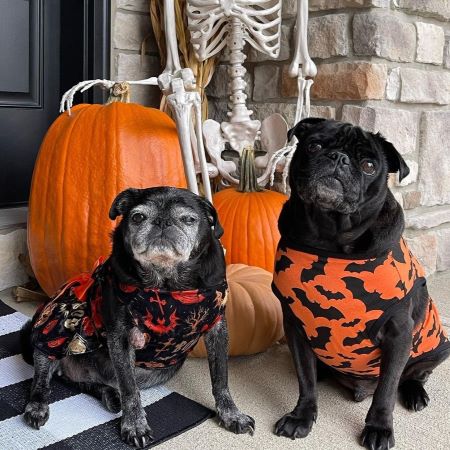
Instagram: the.pug.henry
Regular visits to the vet are super important for spotting and treating any health issues early. Some pugs might even need surgery to fix their breathing or sort out eye troubles. These surgeries can be pricey, and your pug might need special care afterward, so it's good to be ready for that possibility.
4. Pugs Love to Eat and Can Easily Gain Weight
Pugs really enjoy their food, and they aren't too picky - they might even munch on things that aren't food at all! If you have a pug, you need to watch what they eat very carefully. Make sure anything that could be bad for them is out of their reach.
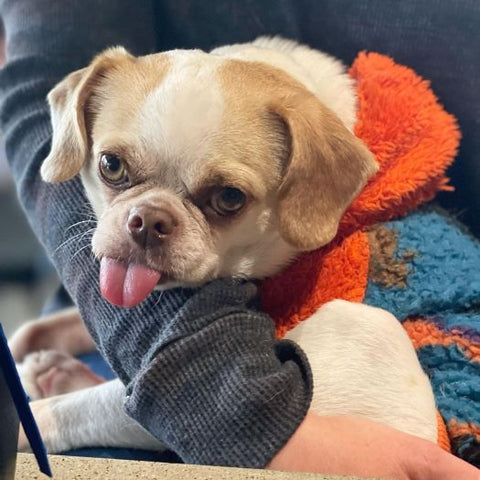
Instagram: gus_gus617
It's important to give your pug just the right amount of food and to make sure they get plenty of exercise. Stick to the recommended amount of food for their size and how much they move around, and don't let them have too many extra treats. Keeping them active with short walks and play will help your pug stay fit and avoid weight-related health issues like sore joints or trouble breathing.
- Pugs Have Moderate Exercise Needs
Not couch potatoes but also not suited for long walks or hot weather
Despite their small size and love for naps, pugs still require regular exercise to maintain their physical and mental well-being. However, they are not built for intense, prolonged activities like long hikes or runs. Pugs are also sensitive to extreme temperatures, particularly heat, due to their brachycephalic nature. Overexertion in hot weather can lead to heat stroke and respiratory distress.
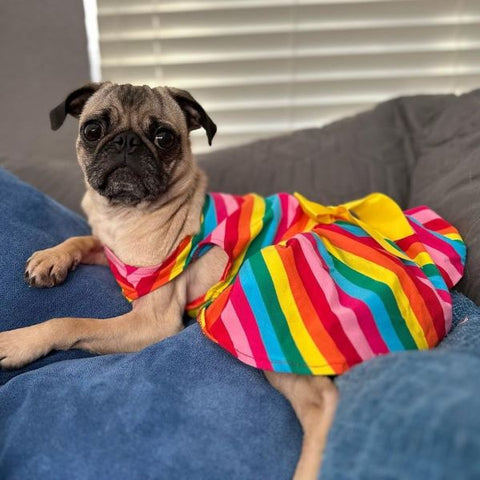
Instagram: elliebeanrescuepug
Regular playtime and short walks are ideal
To keep your pug healthy and happy, aim for short, daily walks (10-20 minutes) and regular playtime sessions. Indoor games like fetch, tug-of-war, and puzzle toys can provide both physical and mental stimulation. When walking your pug outdoors, avoid the hottest parts of the day and always bring water to keep them hydrated. Be mindful of your pug's energy levels and breathing, and take breaks as needed.
6. Pugs Are Clever Yet May Resist Training
Pugs might act silly, but they're actually smart and can pick up all sorts of commands and tricks. They do well with obedience training and can shine in activities like agility and even as therapy dogs. They love to make their owners happy and really like it when they get treats, praise, or playtime for doing a good job.
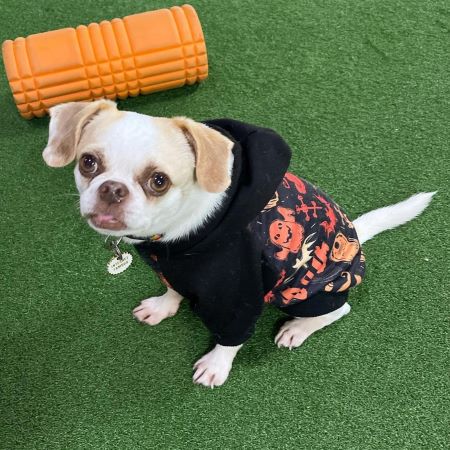
Instagram: gus_gus617
But sometimes, pugs can be a bit headstrong, especially with house-training. It might take them a bit longer to get the hang of where and when to go to the bathroom. The trick is to stick to a regular schedule for feeding and potty breaks and to keep your cool, showering them with love when they do things right. If you keep at it, your pug will catch on and become a polite little member of the household.
7. Pugs Are Noisy Breathers and Snorers
Their flat faces lead to snorting, wheezing, and loud breathing
Due to their brachycephalic facial structure, pugs are known for their noisy breathing. Their flat faces, narrow airways, and elongated soft palates contribute to a range of sounds, including snorting, wheezing, and snoring. These noises are often more pronounced when pugs are excited, playing, or sleeping. While some pug owners find these sounds endearing, others may find them disruptive or concerning.
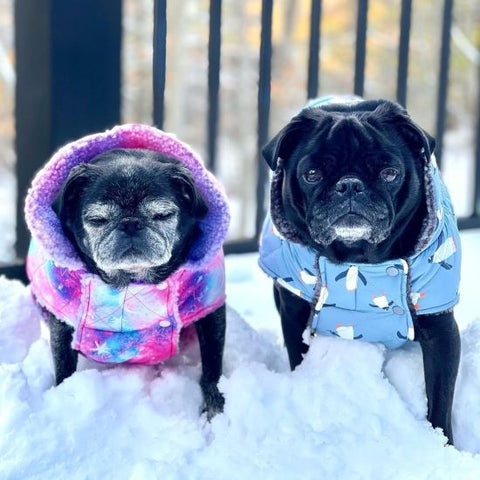
Instagram: the.pug.henry
Owners should be prepared for noisy sleeping and breathing
Pug owners should be prepared for the fact that their furry companions will likely snore and make noise while sleeping. This can be especially loud at night, which may disrupt sleep for light sleepers or those who share a bedroom with their pug. If you're sensitive to noise or have trouble sleeping with loud sounds, a pug may not be the best fit for you. However, many pug owners grow accustomed to their dog's noisy breathing and find it to be a comforting and familiar sound.
8. Pugs Are Loving, Loyal, and Devoted Companions
Pugs offer unwavering love and loyalty to their owners
One of the most cherished traits of pugs is their unwavering love and loyalty to their owners. Pugs form strong bonds with their human family members and are known for their affectionate and devoted nature. They crave attention and thrive on being close to their owners, often following them from room to room and seeking out cuddles and belly rubs at every opportunity.

Instagram: gus_gus617
They make wonderful family pets and adapt well to various living situations
Pugs make excellent family pets due to their friendly, adaptable, and loving nature. They get along well with children, other dogs, and even cats when properly socialized. Pugs are also adaptable to various living situations, as they don't require a lot of space or extensive exercise. They do well in apartments, houses, and even rural settings, as long as they have plenty of human interaction and love.
9. Pugs Have a Unique Personality and Quirks
Playful, Cheeky, and Full of Fun
Pugs are a barrel of laughs with their playful and funny ways. They're full of fun, love to get up to a little mischief, and are sure to make you giggle with their silly antics. From tail chasing to goofy playtime, pugs are natural clowns. Their big eyes, wrinkly foreheads, and curly tails just add to the cuteness and comedy. If you have a pug, get ready for lots of smiles and chuckles – they're real characters!
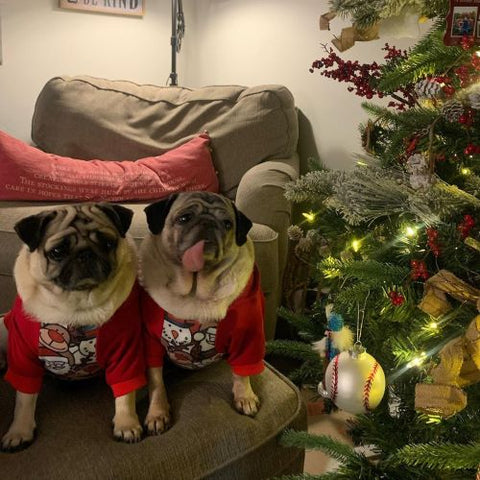
Instagram: chai.coffee.co
They can be "space invaders" and have no sense of personal space
One quirk that pug owners quickly learn about is their dog's lack of personal space boundaries. Pugs are notorious "space invaders" who love to be as close to their humans as possible. They'll often:
- Sit on your lap or right next to you on the couch
- Follow you into the bathroom
- Sleep in your bed (if allowed)
- Lean against your legs or sit on your feet
While some people find this level of closeness endearing, others may feel overwhelmed by the constant attention. It's important to set boundaries and teach your pug to respect your personal space when needed.
10. Pugs Can Be Sensitive to Extreme Temperatures
Their flat faces make them vulnerable to heat stress and cold weather
Pugs' brachycephalic facial structure not only affects their breathing but also makes them more sensitive to extreme temperatures. In hot weather, pugs are at a higher risk of heat stress and heatstroke due to their inability to cool themselves efficiently through panting. Overexertion in high temperatures can lead to respiratory distress, collapse, and even death.
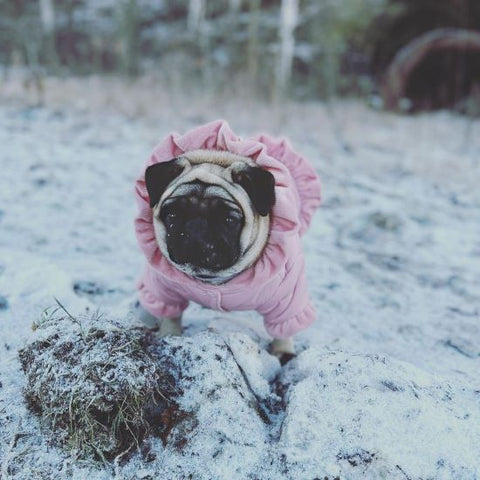
On the other hand, pugs can also be sensitive to cold weather. Their short, smooth coats provide minimal insulation, and they may shiver or become uncomfortable in frigid temperatures.
Owners should take precautions and monitor their pugs in extreme conditions
To keep your pug safe and comfortable in extreme weather conditions, follow these precautions:
- Avoid walking or exercising your pug during the hottest parts of the day
- Provide plenty of fresh, cool water and shade when outdoors
- Never leave your pug in a parked car, even with the windows cracked
- In cold weather, limit outdoor time and consider using a coat or sweater for added warmth
- Monitor your pug's behavior and breathing, and seek veterinary attention if you notice any signs of distress
11. Pugs Have a Long Lifespan and Can Be a Long-term Commitment
Pugs typically live between 12-15 years
Pugs are a relatively long-lived breed, with an average lifespan of 12-15 years. Some pugs may even live well into their late teens with proper care, nutrition, and medical attention. This means that bringing a pug into your life is a long-term commitment that requires dedication and responsibility.
Potential owners should be prepared for the long-term financial and emotional commitment
When considering a pug as a pet, it's crucial to be prepared for long-term financial and emotional commitment. Over the course of your pug's life, you'll need to provide:
- High-quality food and treats
- Regular veterinary check-ups and vaccinations
- Grooming supplies and services
- Training and socialization
- Toys, bedding, and other necessary supplies
- Emergency medical care, if needed

Instagram: gggrumble.of.pugsss
In addition to the financial aspects, owning a pug also involves a significant emotional commitment. You'll need to provide your pug with love, attention, and companionship throughout their life, and be prepared to care for them as they age and potentially develop health issues. By understanding the long-term nature of pug ownership, you can ensure that you're ready to provide a loving, stable home for your furry companion for many years to come.
Final Thoughts: A Pug's Love is Worth the Effort
Bringing a pug into your life is a decision that should be made with careful consideration and a thorough understanding of the breed's unique characteristics, needs, and potential challenges. While pugs may require extra grooming, attention to health issues, and management of their voracious appetites and sensitive natures, the love, loyalty, and joy they bring to their owners' lives are immeasurable. These charming, comical, and devoted companions have a way of capturing hearts and becoming cherished family members. If you're prepared to provide a pug with the love, care, and commitment they need, you'll be rewarded with a faithful friend who will stand by your side through thick and thin, always ready to offer a snuggle, a smile, or a good laugh. Ultimately, the effort put into caring for a pug is more than worth it for the unconditional love and happiness they bring to your life.
Frequently Asked Questions (FAQs)
Q1: Are there any specific diets or foods recommended for pugs?
A: Pugs do well on high-quality, age-appropriate dog foods that meet their nutritional needs. Look for foods with lean proteins, healthy carbohydrates, and limited fillers. Some pug owners opt for grain-free or limited-ingredient diets to address potential allergies or sensitivities. Consult with your veterinarian to determine the best diet for your individual pug.
Q2: What are some good exercises and activities for pugs?
A: Pugs enjoy short walks, indoor playtime, and interactive games. Puzzle toys, hide-and-seek, and gentle tug-of-war can provide both physical and mental stimulation.

Instagram: itsmugpug
Q3: Are there any specific health tests or screenings recommended for pugs?
A: Pugs should undergo regular veterinary check-ups, including dental exams, eye assessments, and ear inspections. Specific health screenings may include:
- BOAS (Brachycephalic Obstructive Airway Syndrome) evaluation
- Eye examinations for conditions like corneal ulcers, dry eye, and cherry eye
- Allergy testing and management
- Orthopedic evaluations for hip dysplasia and luxating patellas
- Cardiac screenings for heart conditions like mitral valve disease
Discuss with your veterinarian the most appropriate health tests and screenings for your pug based on their age, health status, and family history.
Q4: How can I make my home pug-friendly and safe?
A: To create a pug-friendly home, consider the following:
- Use baby gates or barriers to restrict access to stairs, balconies, or other hazardous areas
- Keep electrical cords, toxic plants, and small objects out of reach
- Provide comfortable, supportive bedding and a cozy place to rest
- Use non-slip mats or rugs on smooth surfaces to prevent slipping and joint strain
- Ensure your pug has access to fresh, clean water at all times
- Create a cool, shaded area for your pug to retreat to in hot weather
- Keep your home well-ventilated and at a comfortable temperature year-round


